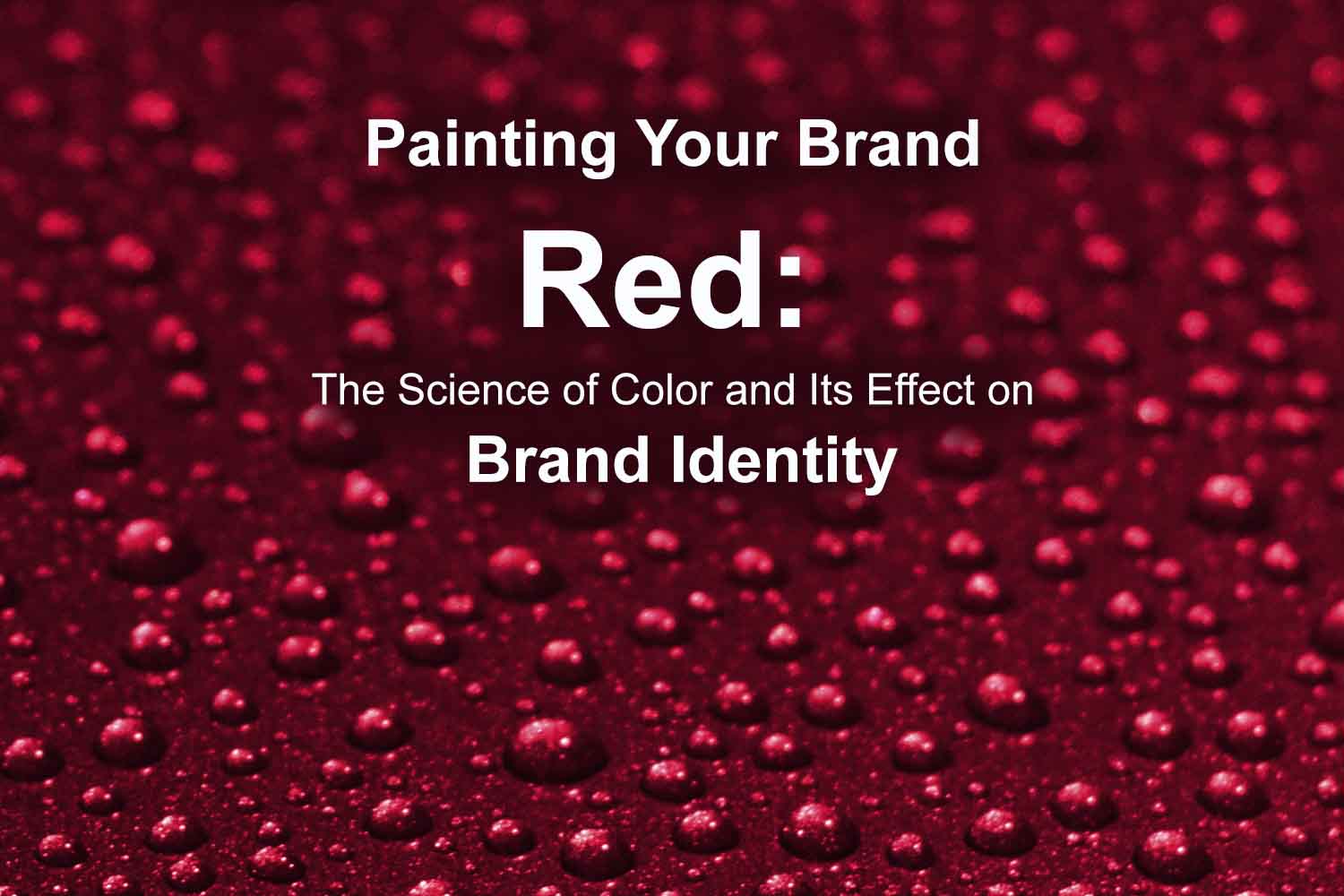Red is a powerful color that can evoke strong emotions and associations.
It is often used in branding to create a memorable and impactful identity.
When used effectively, red can communicate energy, passion, excitement, and even danger.
In this article, we will explore the ways in which red can be used to create a strong brand identity.
One of the most important aspects of branding is creating a visual identity that is memorable and recognizable.
The color red can be a powerful tool in achieving this goal.
Studies have shown that red is one of the most attention-grabbing colors, and it can be used to create a sense of urgency and importance.
By incorporating red into a brand’s logo, packaging, and marketing materials, a company can create a strong visual identity that stands out from the competition.
However, it is important to use red strategically and purposefully.
While red can be a powerful tool in branding, it can also be overwhelming or even off-putting if used inappropriately.
It is important to consider the context in which red is being used, as well as the target audience and the overall message that the brand is trying to convey.
By using red thoughtfully and intentionally, a brand can create a strong and impactful identity that resonates with consumers.
Understanding the Psychology of Red
The Meaning of Red
Red is a color that symbolizes passion, love, energy, and excitement.
It is often associated with danger, aggression, and power. In different cultures, red can have different meanings.
For example, in China, red is associated with good luck and prosperity.
In Western cultures, red is often used to convey love and passion.
The Emotional Impact of Red
Red is a highly emotional color that can evoke strong feelings in people.
It is often used in marketing and advertising to grab people’s attention and create a sense of urgency.
Red can also increase heart rate, respiration, and blood pressure, which makes it a popular color for sports teams and athletic apparel.
However, red can also have negative emotional effects.
It can be overwhelming and create a sense of anxiety or aggression. In certain contexts, red can also be associated with danger and warning.
Overall, red can be a powerful tool for creating a strong brand identity, but it should be used carefully and in the right context.
It is important to understand the psychological impact of red and use it in a way that aligns with the brand’s values and goals.
Using Red in Brand Identity
Red is a powerful color that can evoke strong emotions and convey a sense of energy, passion, and excitement.
It’s no wonder that many brands choose to incorporate red into their brand identity.
Here are some tips for using red effectively in your brand identity:
Choosing the Right Shade of Red
Not all shades of red are created equal. Different shades can convey different emotions and have different associations.
For example, a bright, vibrant red can convey energy and excitement, while a darker, more muted red can convey sophistication and elegance.
When choosing a shade of red for your brand identity, consider your brand values and the emotions you want to evoke.
Do you want to convey energy and excitement, or sophistication and elegance? Once you have a sense of the emotions you want to evoke, you can choose a shade of red that aligns with those emotions.
Combining Red with Other Colors
Red can be a powerful color on its own, but it can also be effective when combined with other colors.
When combining red with other colors, it’s important to consider color theory and the emotions that different colors can evoke.
For example, combining red with white can create a clean, classic look that conveys simplicity and clarity.
Combining red with black can create a bold, dramatic look that conveys power and authority. Combining red with green can create a festive, energetic look that conveys growth and vitality.
Using Red in Logo Design
Red can be a powerful color to use in logo design.
When using red in logo design, it’s important to consider the size and placement of the logo, as well as the context in which it will be used.
For example, a large, bold red logo can be effective on a billboard or in a storefront, where it needs to be seen from a distance.
A smaller, more muted red logo can be effective on a business card or website, where it needs to be seen up close.
Overall, using red in your brand identity can be a powerful way to evoke strong emotions and convey a sense of energy and passion.
By choosing the right shade of red, combining red with other colors, and using red effectively in logo design, you can create a strong and memorable brand identity.









